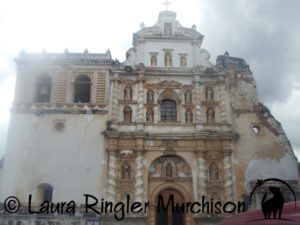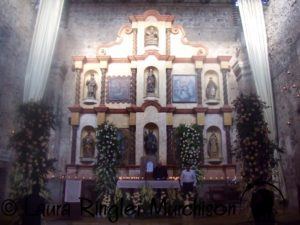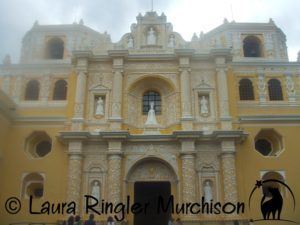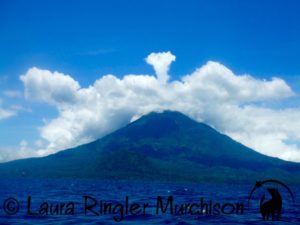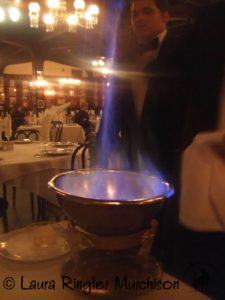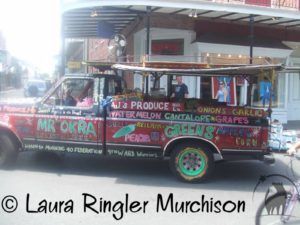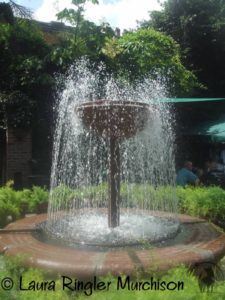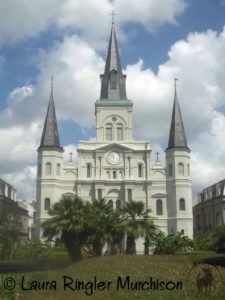If memory serves, this day we did a tour of the old city with lunch sandwiched in between (no pun intended). By 1773 Antigua was comprised of over 30 churches, 18 convents and monasteries, 15 hermitages, 10 chapels, five hospitals, and a university. It is no wonder Antigua, Guatemala has been called “the colonial jewel of the Americas”. Over the centuries the city kept rebuilding as it was repeatedly hit by earthquakes. In 1979 UNESCO declared it to be a World Cultural Heritage site. Restored colonial buildings resided next to those still left in ruins. It was a haunting mixture of time preserved and time stood still. Pictured here is my favorite — the Church of Saint Francis. No matter where I have traveled — a wolf, the Blessed Mother, or Saint Francis always finds me; either that or I am inexplicably drawn to where they are. Guatemala would prove to be no different. The 1717 earthquake damaged this church severely, as did the earthquake of 1751. It was partially destroyed in 1773 and was reconstructed some but areas of ruin still remained. Not surprisingly, this was my favorite church before I even knew it was Franciscan. At lunch I became enamored with Guatemala’s oldest continually produced beer dating back to 1896, a pale lager named Gallo (rooster). It is also the most famous beer in the country. I am not a huge beer fan and I loved it. On the subject of poultry, I had only seen chicken buses in the movies. The ones here were wildly colorful, intricately painted, and chromed old school buses. I learned it is the primary way in which locals transport between towns, villages, and cities in Central America. And I DID in fact see some chickens! I thought I saw a goat as well but I know for sure I saw them on the backs of trucks. Our guide was proudly Mayan and my husband and I could not get enough of his take on things like the Mayan calendar. After speaking with him at length we also discovered he humbly called himself a Medicine Man. I felt so lucky to have been able to ask him questions about his culture, as he did not volunteer his personal beliefs without prompting and noting our sincere interest. When I shared my Choctaw heritage with him he really opened up. He said they view the next cycle in the Mayan calendar as a time of great rebirth for the people; they are very hopeful. Scottish author Samuel Smiles once said:
“Hope is like the sun, which, as we journey toward it, casts the shadow of our burden behind us.”
As we ended the tour the rays of the sun lengthened our shadows on the old cobblestones, stretching far behind us, and I found myself praying he was right.

